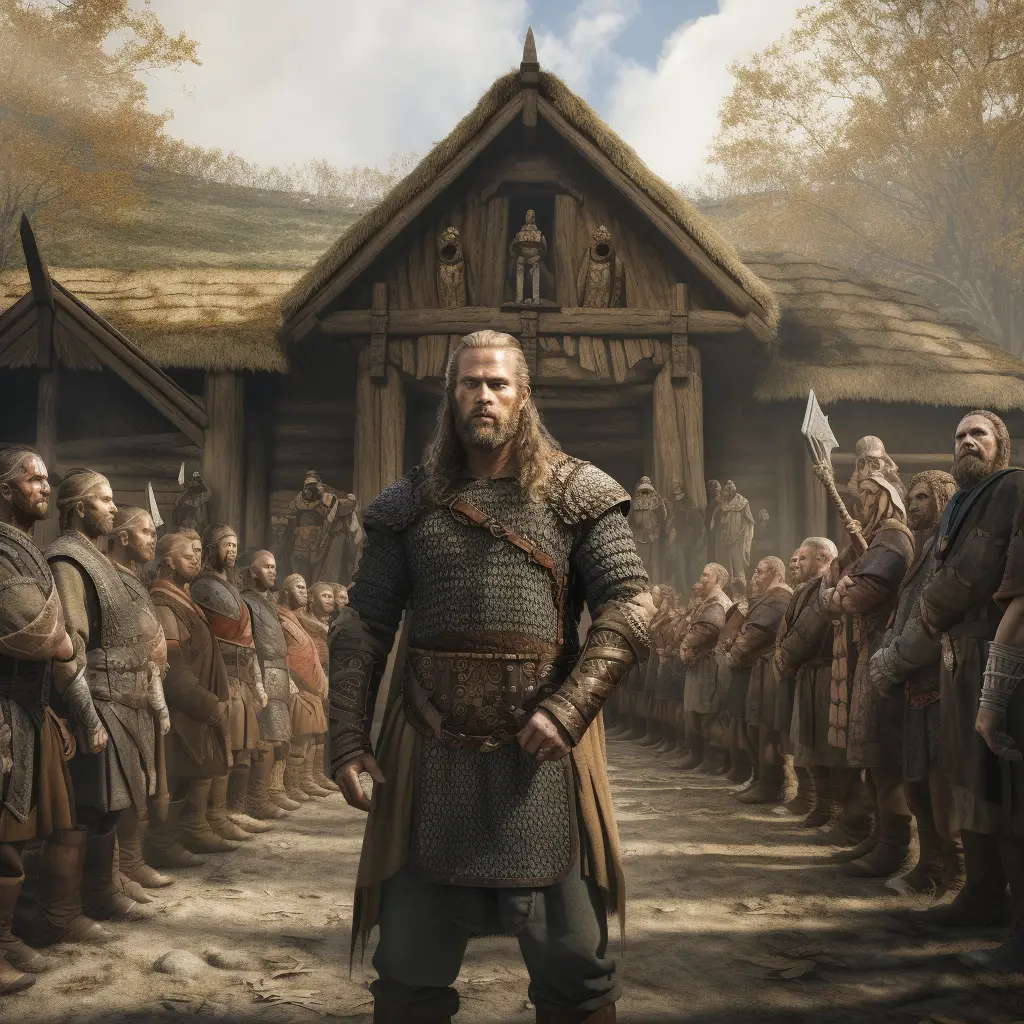Viking kings, often referred to as “konungr” in Old Norse, were the highest authority in their respective territories. They ruled over regions that could range from a single village to an entire kingdom. The concept of kingship varied among different Viking tribes and regions.
Kingship was often hereditary, passing from father to son, but in some cases, leadership could be achieved through displays of strength, charisma, or successful military campaigns. The Viking kings were expected to be skilled warriors and leaders, able to protect their people and lead them in times of war.
The kings were responsible for enforcing laws, collecting taxes, and maintaining order within their realms. They often had a council of advisors, which could include jarls and other noble figures, to assist them in making important decisions.
Some famous Viking kings include Harald Fairhair, who is often considered the first king to unite Norway under a single rule, and Sweyn Forkbeard, a Danish king known for his conquest of England.
Viking kingship wasn’t as centralised as in some other medieval societies. The authority of a Viking king could be limited, and local chieftains or jarls maintained a significant degree of autonomy.
Overall, Viking kings were crucial figures in shaping the political landscape of their time, and their leadership had a lasting impact on the history and culture of the Viking Age.

